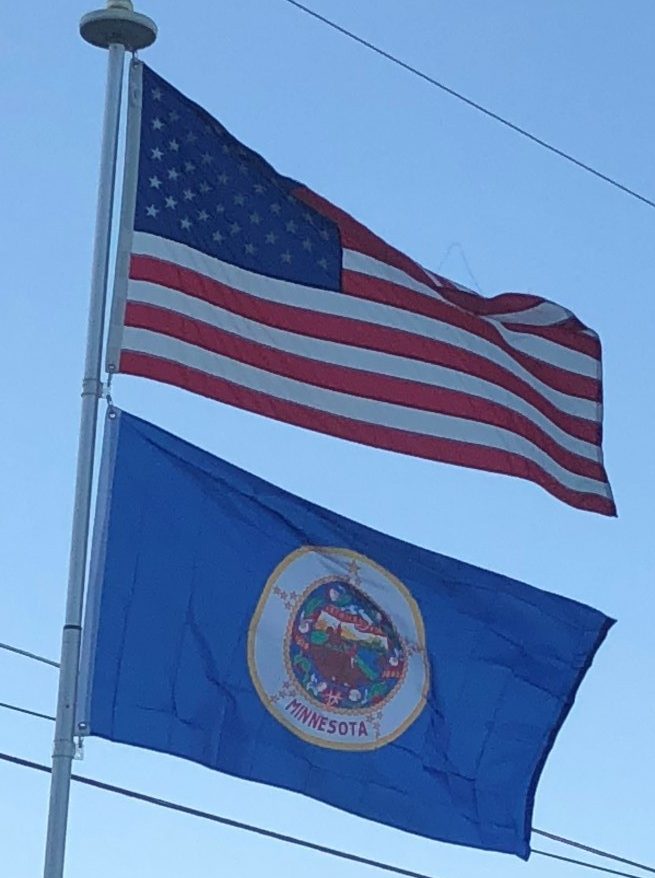Introduction:
Minnesota is a state in the Upper Midwest and northern regions of the United States.
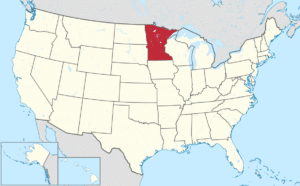
Minnesota was admitted as the 32nd U.S. state on May 11, 1858, created from the eastern half of the Minnesota Territory. The state has a large number of lakes, and is known by the slogan the “Land of 10,000 Lakes”. Its official motto is L’Étoile du Nord, which translates from the French as Star of the North.
Origin of the Name:
The word Minnesota comes from the Dakota name for the Minnesota River.
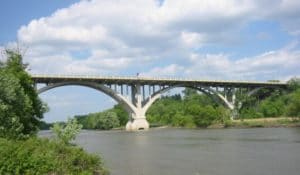
The river got its name from one of two words in the Dakota language, ‘Mní sóta’ which means “clear blue water,” or ‘Mnißota’, which means cloudy water. Native Americans demonstrated the name to early settlers by dropping milk into water and calling it mnisota. Many places in the state have similar names, such as Minnehaha Falls (“curling water” or waterfall), Minneiska (“white water”), Minneota (“much water”), Minnetonka (“big water”), Minnetrista (“crooked water”), and Minneapolis, a combination of mni and polis, the Greek word for “city”.
Geography:
Minnesota is the second northernmost U.S. state (after Alaska) and northernmost contiguous state. Its isolated Northwest Angle in Lake of the Woods county is the only part of the 48 contiguous states lying north of the 49th parallel.
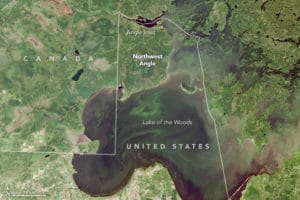
The state is part of the U.S. region known as the Upper Midwest and part of North America’s Great Lakes Region. It shares a Lake Superior water border with Michigan and a land and water border with Wisconsin to the east. Iowa is to the south, North Dakota and South Dakota are to the west, and the Canadian provinces of Ontario and Manitoba are to the north. Minnesota is the 12th-largest state.
History:
Pre-European Settlement:
Before European settlement of North America, Minnesota was populated by a subculture of Sioux called the Dakota people.
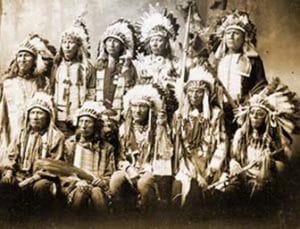
As Europeans settled the east coast, Native Americans moved away from them causing migration of the Anishinaabe, also known as Ojibwe, and other Native Americans into the Minnesota area. The first Europeans in the area were French voyageur fur traders who arrived in the 17th century and began using the Grand Portage to access trapping and trading areas further inland. Late that century, Anishinaabe migrated westward to Minnesota, causing tensions with the Dakota people. Explorers such as Daniel Greysolon, Sieur du Lhut, Father Louis Hennepin, Jonathan Carver, Henry Schoolcraft, and Joseph Nicollet mapped out the state.
Settlement and Statehood:
In 1762 the region became part of Spanish Louisiana until 1802. The portion of the state east of the Mississippi River became part of the United States at the end of the American Revolutionary War, when the Second Treaty of Paris was signed. Land west of the Mississippi River was acquired with the Louisiana Purchase, although a portion of the Red River Valley was disputed until the Treaty of 1818. By the late 1700s, the North West Company had established the post of Fort Charlotte at the Lake Superior end of the Grand Portage, until moving 50 miles northeast to Fort William in 1803. In 1805, Zebulon Pike bargained with Native Americans to acquire land at the confluence of the Minnesota and Mississippi rivers. The construction of Fort Snelling followed between 1819 and 1825.
